
Yannis Glavinas
General State Archives, Central Service, Department of Promotion, Communication and Educational Programs
The destroyer was given to Greece by the British navy as a loan, and her taking over was performed by the Lieutenant Commander Ioannes Toumbas at Newcastle, England on 20 July 1942. In August 1942 she suffered serious damage after running aground at Scapa Flow in North Scotland.
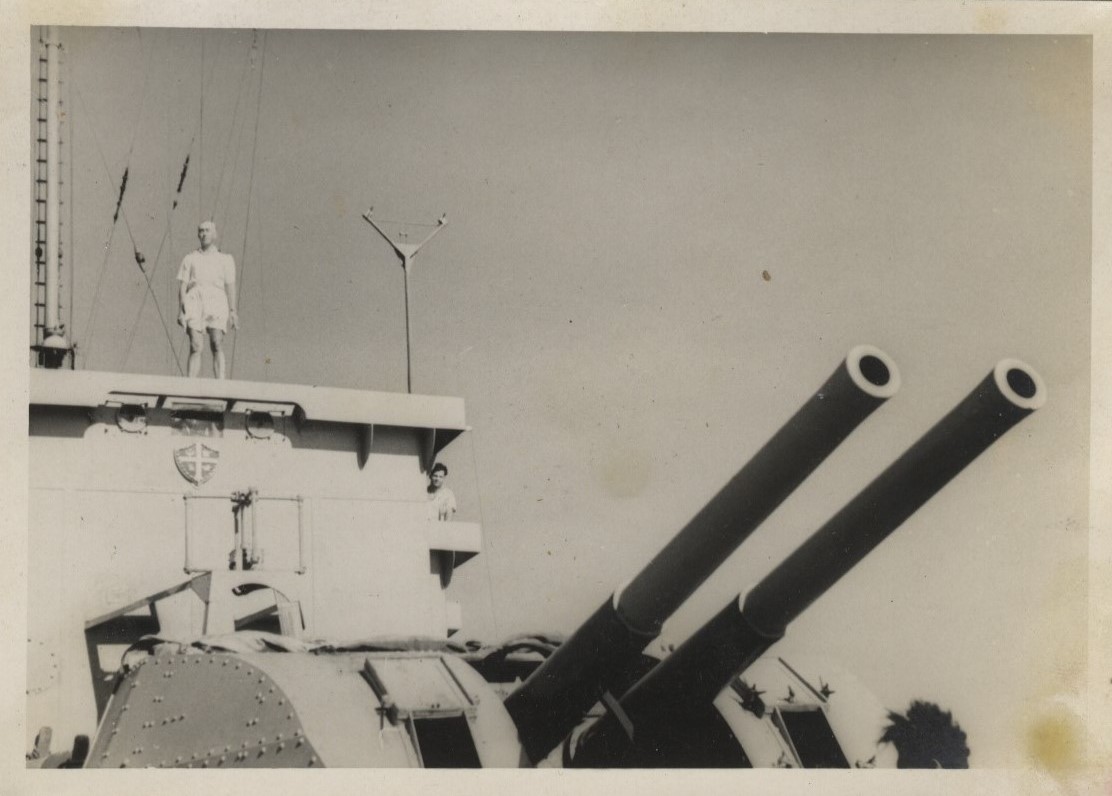
The captain of “Adrias”, Lieutenant Commander Ioannes Toumbas. General State Archives, Central Service, Αrchive of the General Secretariat of Press and Information
After her repair, she sailed in early January 1943 to the Mediterranean escorting convoys. In the winter of 1943 during operations in the Atlantic she sank two German submarines. She participated in escorting numerous convoys in the Mediterranean, as well as in the operations of the Allied landing on Sicily, during which she successfully confronted three torpedo-boats in an engagement on the night of 20/21 July 1943. Adrias was one of the four warships to which the Italian fleet of Taremto surrendered while sailing to Malta on 10 September 1943.
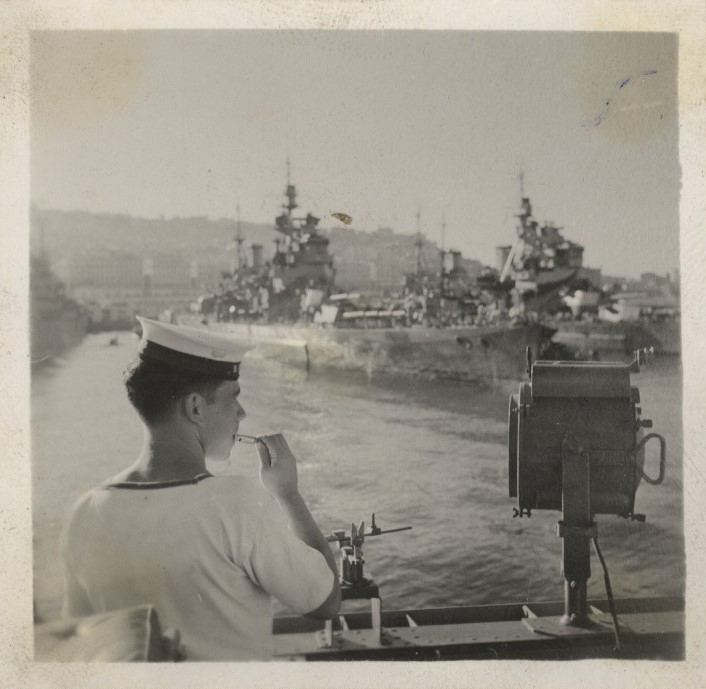
On the bridge of “Adrias” while escorting the surrendered Italian fleet in September 1943. General State Archives, Central Service, Αrchive of the General Secretariat of Press and Information
During the operations in the Dodecanese,“Adrias” along with three British destroyers undertook the transport of munitions to the Allied forces that had occupied Leros. On 22 October, while engaged together with the British destroyer“Hurworth” in an operation near Kalymnos intended to distract the attention of German forces, she ran against a mine and her prow was cut off. “Hurworth”, in an attempt to sail to the aid of “Adrias”, also foundered on a mine and sank with 143 men.
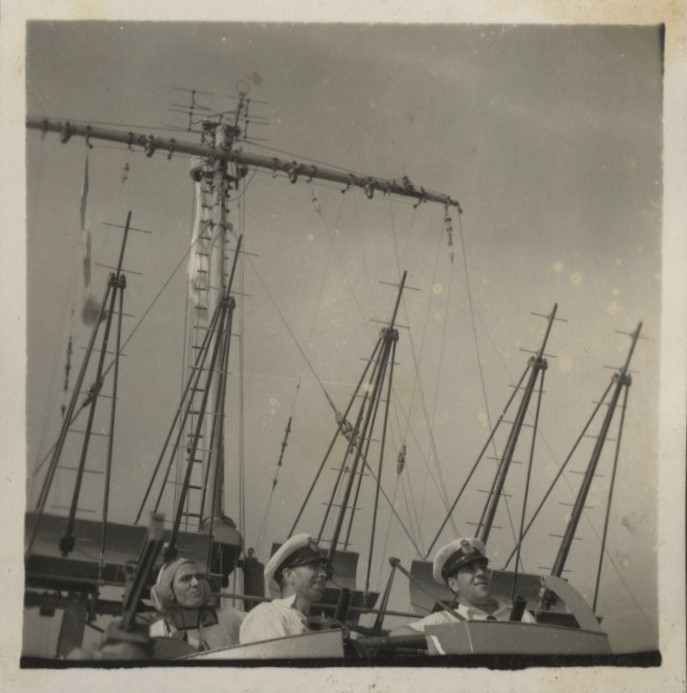
Aboard “Adrias” at Algiers. In the background can be seen the British battleships “George V” and “Howe”. August 1943. General State Archives, Central Service, Αrchive of the General Secretariat of Press and Information
The Commander Toumbas and the crew of “Adrias” refused to abandon the ship, which despite her damages succeeded in reaching the nearby Turkish shore of Halicarnassus. Her casualties were 21 dead and 30 wounded. After minor repairs and beyond all reason she sailed off on 1 December 1943 and without a prow managed to to arrive via Cyprus at Alexandria on 6 December; there she met with an enthusiastic welcome by the British fleet and the other Allied ships.
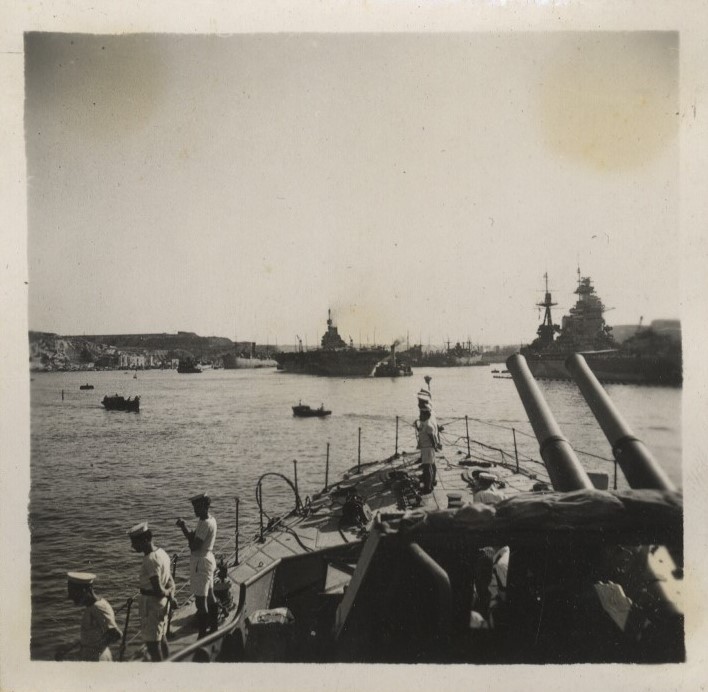
“Adrias” at Malta, August 1943. General State Archives, Central Service, Αrchive of the General Secretariat of Press and Information
Upon liberation and after an extempore repair of her prow she reached Greece along with the Fleet’s other ships. Her complete repair was never realised because of the termination of war operations. In 2004 “Adrias”’s sunken prow was located in the Dodecanese area close to the wreck of “Hurworth”.

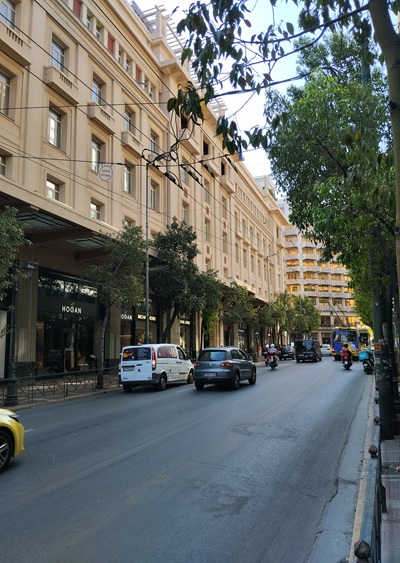

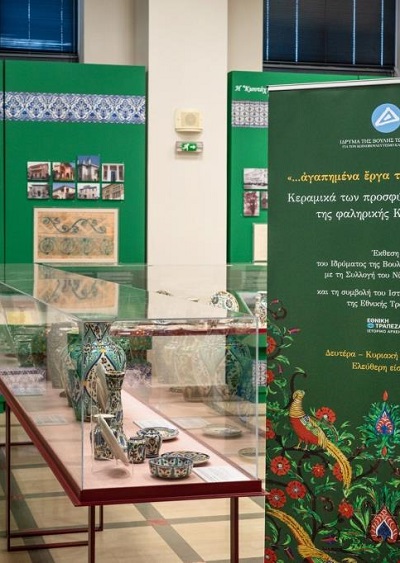



Leave A Comment